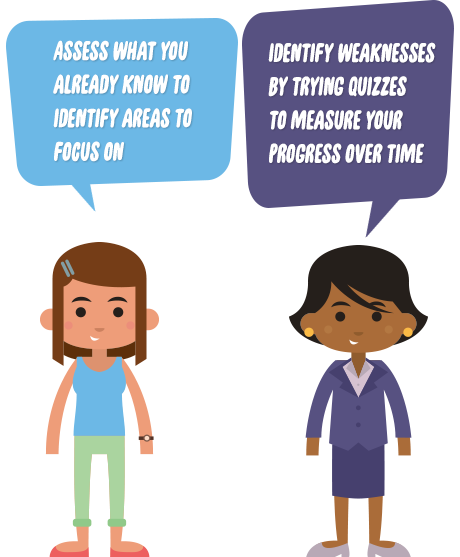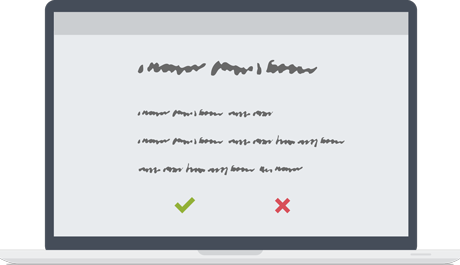GCSE Ratios and Proportion
GCSE Ratios and Proportion may be a bit of a mouthful but it’s the last main topic you need to cover for your maths exam so you can breathe a sigh of relief. Fortunately, if you have revised the other areas of GCSE Maths especially Number, you will already have built a foundation of knowledge to help you get started. This doesn’t mean you can take it easy – this section is more than basic maths so don’t get lazy. This is where you can grab your 9 with both hands so keep up the good work!
There are three parts to this section but this doesn’t mean you should divide your time equally in this way. Rates of change can be a difficult topic to grasp so keep this in mind when you allocate your study time, which you can do easily with GoConqr’s free study planner.
We’re here to help you get to grips with the questions you can be asked on this topic on the exam.
Check out our GCSE Maths page for information on the other sections and some revision tips and exam hints.

Ratios
A ratio means to compare amounts of one thing to another. For example, if the ratio of one length to another is 1:2, the second length is twice as long as the first. Ratios are usually written in the form a:b and questions on your exam paper may ask you to find an amount when you are given a ratio. Decimals and fractions can also be included in a ratio.
There are many uses of ratios in everyday life such as in recipes or map scales. Have you ever seen a ratio in the corner of a map? This helps you calculate the real distance from one place to another – in real life the distance between things that are 5cm apart on a map, with a scale of 1:5000, will be 25000cm apart, i.e. 250 metres.
Proportion
The study of proportion is related to ratios. You will need to have an understanding of how proportions and ratios relate to each other. This is important when you are revising both of these topics so if you are a fan of fractions, you should have no problems.
If two amounts are in direct proportion to each other then they increase or decrease in proportion with each other. This involves very simple mathematics such as doubling or halving. For higher grades, students will also need to understand how inverse proportion works. Mainly, you will be asked to find the constant of variation.

Measurement
Measures also fits into a few other GCSE Maths topics including Number and Geometry. At this point you should already be aware of a vast amount of measurements so you can work on comparing and converting different units.
You will also need to be familiar with compound units or compound measures which are derived from two other measurements. You can use the triangle method to memorise how to calculate mass, density and volume as well as distance, speed and time.
Rates of Change
As this is the difficult part of the topic, you only need to cover this if you are studying maths at a higher level. An example of a simple rate of change is the acceleration in a car. This is the rate of change of velocity.
Graphs are an important part of determining a rate of change. At this level, you should be able to interpret the gradient of a straight line graph as the rate of change. You also need to be able to solve answers in growth and decay problems including compound interest.

 Previous:
GCSE Statistics and Probability
Previous:
GCSE Statistics and Probability 


